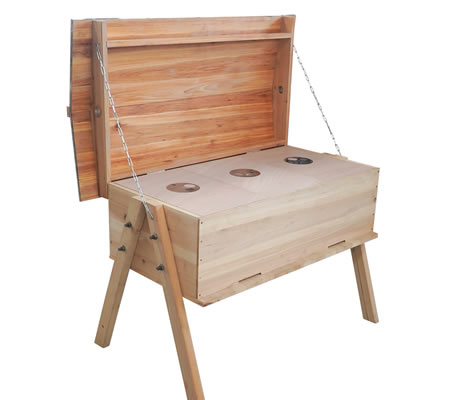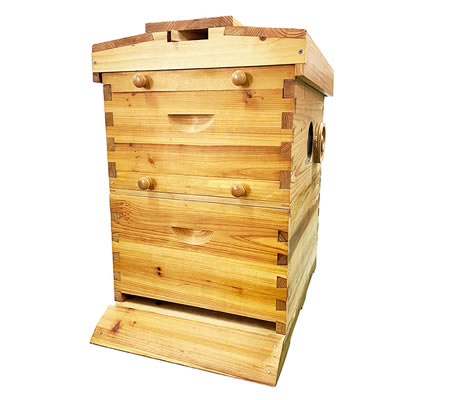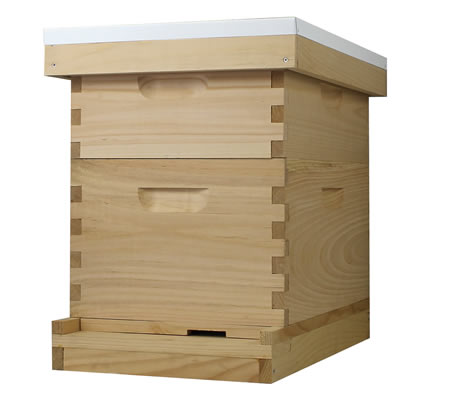An Introduction to Beehives: Everything You Need to Know
Welcome to our comprehensive guide to beehives! In this article, we'll explore everything you need to know about these essential structures in beekeeping, from their history and types to their importance in supporting bee colonies and harvesting honey.
The History of Beehives
Beehives have a long and fascinating history, dating back thousands of years. Early civilizations, such as the ancient Egyptians and Greeks, practiced beekeeping using simple hives made from materials like clay, straw, and hollow logs. These primitive hives provided shelter for wild bee colonies and allowed humans to collect honey and beeswax.
Over time, beekeeping techniques evolved, leading to the development of more sophisticated hive designs. In the 19th century, notable advancements were made with the invention of movable-frame hives, such as the Langstroth hive, which revolutionized beekeeping practices and paved the way for modern apiary management.
Types of Beehives
Today, beekeepers have a variety of hive options to choose from, each with its own unique features and benefits:
- Langstroth Hive: The Langstroth hive is the most widely used hive design in modern beekeeping. It features removable frames that allow beekeepers to easily inspect the hive and harvest honey without disturbing the bees.
- Top-Bar Hive: Top-bar hives have a horizontal design, with bars running across the top of the hive on which bees build their comb. These hives are favored by some beekeepers for their simplicity and naturalistic approach to beekeeping.
- Warre Hive: The Warre hive, also known as the "vertical top-bar hive," is designed to mimic the natural nesting habits of bees. It consists of smaller, square-shaped boxes stacked vertically, requiring minimal intervention from the beekeeper.
- Flow Hive: The Flow hive is a modern innovation that simplifies the honey extraction process. It features frames with pre-formed cells that allow honey to be harvested directly from the hive without disturbing the bees.
The Importance of Beehives
Beehives play a crucial role in supporting bee colonies and maintaining healthy bee populations. They provide bees with a secure and sheltered environment to build comb, store honey, and raise brood. Additionally, beekeepers rely on beehives to manage colonies, monitor bee health, and harvest honey and other hive products for consumption or sale.
Conclusion
As you can see, beehives are more than just wooden boxes—they are the backbone of beekeeping operations around the world. Whether you're a seasoned beekeeper or just starting out, understanding the different types of beehives and their importance is essential for successful beekeeping. We hope this guide has provided valuable insights into the fascinating world of beehives!


